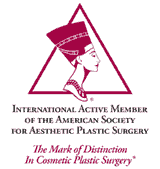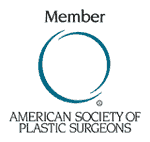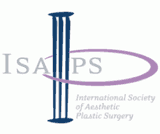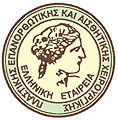Rhinoplasty
 The fact that rhinoplasty was first performed centuries ago is very
impressive. There is an indication from papyrus that in ancient India and
Egypt (600 years BC), some form of nose correction was performed after nose
amputation. The first rhinoplasty took place in 1887 (Roe), while Joseph
(1897) considered the father of modern rhinoplasty. Finally, his students,
Aufricht and Safian developed the procedure in America.
The fact that rhinoplasty was first performed centuries ago is very
impressive. There is an indication from papyrus that in ancient India and
Egypt (600 years BC), some form of nose correction was performed after nose
amputation. The first rhinoplasty took place in 1887 (Roe), while Joseph
(1897) considered the father of modern rhinoplasty. Finally, his students,
Aufricht and Safian developed the procedure in America.
Every person who feels discomfort due to nose deformities. Rhinoplasty is considered to reduce or increase the size of your nose, to change the shape of the tip or bridge, or to narrow the span of the nostrils, to change the angle between your nose and your upper lip or to correct a birth defect or injury, or to relieve breathing problems. It can also be performed after an unsuccessful nose operation. Other candidates are those who wish to achieve a very small change.
The septum and its role during the procedure
The septum splits the nose into its two nostrils. Quite often, it is one of the reasons for causing deformity and also breathing problems (septal deviation). Inferior turbinate hypertrophy are common in septal deviation cases, and we should correct them the same time with the septum. The septum as well as the ear is an area where we can take grafts to satisfy the needs of the procedure.
The earliest age we can operate is 16 and 17 years for women and men respectively.
Good communication between you and your surgeon is essential. In your initial consultation, the Doctor will listen to your expectations and after the necessary tests will discuss the possibilities with you.
Procedure
Rhinoplasty is performed with general anesthesia in one of our private hospitals, and is a quite safe surgery. It lasts around 1 hour except in some special cases where it can last a bit longer. The whole operation takes place through the nostrils. After the operation your nose may also be placed in a splint and nasal packs to stabilize the new nose.
After your operation
Applying cold compresses will reduce the initial swelling & bruising. The nasal packs are removed after 48 hours and the splint after 6 days.
Getting back to normal
The healing period varies from person to person but you can return to work following the removal of the splint, usually after 7 days. Your new look is visible after this, while it continuously improves over a period of 12-18 months afterwards.
Exercise is allowed after 6 weeks particularly pastimes such as swimming, golf, riding where the risk of injuring your nose is minimal.
Watch the procedure.

Rhinoplasty. Photos












